Spain by Motorhome
Please note: This is an archived post from 2012. For the latest information please see our post about how to tour Spain in a motorhome.
Published : August 2012
The below guide has been written based on our experiences touring Spain by motorhome and will hopefully give you a good idea of what it’s like to travel there. However, things do change, so before you set off it’s worth checking for up to date travel information from the Foreign Office website, and the latest driving regulations on the AA website. At the bottom of the guide we’ve added links to our daily updates while we were in Spain, so you can live the adventure with us.
General Information
Country – Spain
Capital city – Madrid, 1010 miles from Dover
Currency – Euro
Languages – Spanish, Catalan, Basque, Gallician (English is spoken in tourist areas)
Visa requirements – Part of the EU so visas not required for EU citizens.
Borders – Part of Schengen zone. No border formalities with other Schengen zone countries ie France and Portugal.
Telephone country code – 34
Emergency numbers – 112 EU wide hotline
Our visits
Feb – Apr 2012
Duration – 41 days from Algeciras to France
Route – One month later Algeciras to Gibraltar, then inland to Ronda, east to Granada, through Alpujurras to coast near Almeria, inland to Velez Rubio then across to Alicante, Benidorm and follow coast to Peniscola, inland to Morella then back to Tarragona on coast and follow north to Figures. West to Bourg Madam in Pyrenees.
Miles driven – 1529
Average daily spend – €37.38 (€36.42 without repair costs)
Average spend on overnight stops – €5.23 (28 free nights – 19 free camping, 7 free aires, 2 at friends, 13 on paid nights – 3 paid aires, 4 camping cheque sites, 3 ACSI sites, 3 campsites)
Jan 2012
Duration – 5 days
Route – Huelva to Seville, south to Cadiz then follow coast road to Algeciras.
Miles driven – 150
Average daily spend – €68.96
Average spend on overnight stops – €9.51 (2 free camping, 2 paid aires, 2 ACSI sites)
Oct/Nov 2011
Duration – 28 days
Route – Crossed from France near San Sebastian, then west along North coast, side trip into Picos Mountains and down West coast via Santiago de Compostella to Tui on Portuguese border.
Miles driven – 1171
Average daily spend – €56.13 (€36.60 without repair costs)
Average spend on overnight stops – €3.67 (20 free nights – 12 free camping, 8 free aires, 8 – 2 paid aires, 6 campsites)
Costs
Diesel
€1.27 – €1.33 North coast, €1.36 South west, €1.36 – €1.41 East coast. Fuel seemed to vary by brand rather than type of station (supermarket, motorway etc), so keep your eyes peeled and fill up where you see it cheap, not when you’re about to run out and you’ll save quite a few euros. Diesel was cheaper in North Spain than Portugal, no wonder there were so many Portuguese cars just across the border filling up in Tui.
LPG
€0.71 -€0.79 a litre
Eating out
Look out for places offering Menu del Dia (meal of the day). Served in the afternoon they usually include three courses, wine and coffee for around €10 per person, but they can vary, especially the cheaper versions so check what is included.
- 3 x coffee and a hot chocolate €4
- Pinxos/Tapas in bar €1 – € 4
- 2 x large pizza slices in Seville €4.50
- 2 x chicken and chips plus bottle of wine €17.00
- 2 x hot meals and 3 x beer, 2 x glass of wine in Barcelona at night €23.70
- Ice creams ( cone and one scoop) €1.30 – €1.80
Supermarkets – supermarkets used Alimerka, Lidl, and Super U.
If paying with your credit card you will need to show your passport as ID (this is the case for any shopping you’re doing). Most places will accept your driving license, but we did have ours refused in one supermarket and we didn’t have our passports with us, fortunately we had just enough cash.
Some larger supermarkets have Menu del Dia specials at their hot food counters where you can get a three course meal and drink for around €8 per person – there was loads of foods so we split the meal and ate it over several days. Larger stores often have a self-service aisle where you can bag your own dried goods, pasta, rice, cereal etc – but it’s worth double checking these prices against their discount range as often the discount one is cheaper, but the packet size is large. When we were there it was getting near to Christmas so there were several aisles dedicated to hanging hams – we were tempted, but they ranged from €60 – €200!
- 1l UHT milk €0.50
- Loaf of bread €0.80
- 250g mushrooms €0.89
- 125g mozzarella ball €0.85
- 5l still bottled water €0.52
- 500ml Grafenwald larger €0.49
- 1l carton of wine €0.55
- 100g budget chocolate bar €0.49
- Serrano ham €3.99
- Spanish Omlette (Tortilla Espanyol) €1.29
Travel
Fuel
Unleaded (Gasolina) and diesel (Gasoleo) widely available, but with similar names so double-check before you fill up. LPG (GPL) is not available at petrol stations, instead you get it from a gas bottling plant – usually Repsol branded – and these are only in larger towns, often tucked away in a back street. We found the two places we used to refill in Vicarious Books ‘All the aires Spain and Portugal’ book using the GPS co-ordinates, although I suspect you can download a list from the internet. When filling with LPG you will need the same dish type adapter as used in France.
Tolls / Vignette
No vignette required. Spanish motorways which are toll roads have the prefix AP, those which are toll-free start with just an A. Signs stating Peage will confirm you’re on or approaching a toll road. If you want to avoid paying tolls, stick to roads signposted in green (motorways and toll roads are signposted in blue). We only used the toll roads once to get from Tarragona to Barcelona, this trip cost €12.77.
Road regulations – the ones we know of!
Traffic drives on the right and overtakes on the left, so you need to ensure your headlights are deflected either with stick on adapters or duct tape. You must carry a high visibility jacket for each person which need be accessible to you before you get out of the car, so don’t put them in your boot. You also need to carry an emergency triangle and anyone driving who wears glasses must have a spare pair with them.
You’ll see yellow diamond shaped signs, these mean that you have priority. If you see one with a black line through it, you no longer have priority, traffic from the right does – this is usually on approaches to roundabouts. Sometimes drivers entering the roundabout have priority, if we’re not entirely sure we just take our time and give way to anyone who looks like they aren’t stopping. Trams always have priority and if you are driving in the mountains you must use your horn on the approach to blind corners.
Distances are all in kilometres, and so are speed limited. As you enter a town the urban speed limit of 50kph applies, unless otherwise stated, until you are out of the town – this is not always easy tell as often there aren’t signs telling you if you are in an urban area.
Road conditions
The roads were surprisingly good, even in the mountains. We saw evidence of several road upgrade projects which had stopped, however the roads they were upgrading were perfectly good. Crash barriers line mountain roads (always reassuring), however in the Picos mountains there were several sections of road with low overhanging rock, not good for a high vehicle like Dave. If you’re planning on going walking in remote places it’s worth checking with the local tourist information if the road is suitable for a motorhome.
Standard of driving
Very similar to France. Like most drivers on the Continent, Spanish drivers have mastered the art of driving very closely to the person in front. We were informed that they are taught to do this to make overtaking quicker, unlike in the UK where we are taught to stay back for a view of the road ahead. Once you get used to seeing someone who appears to be so close they are almost in your back seat it’s not so bad. We have seen several overtakes in dodgy places, but no worse than we’ve seen at home.
Overnight stops
Aires/Service points
Spain has an increasing number of Aires, but they are still few and far between. In Northern Spain it was difficult to find service points as it was winter and many campsites were closed. It is worth investing in a bookor database as the Aires that are available are often free and in great locations. When using the service points it’s worth knowing that the Spanish hose coupling vary in size. For those which were smaller than the UK and France we bought an adapter at a Ferreteria (Iron mongers) for a couple of euros, for those which were bigger, we used a collapsible water carrier to fill up the tank.
Campsites
We stopped in campsites for laundry sessions as we struggled to find self-service laundrettes, especially along the North coast. Generally they were good sites with marked pitches and shade, which was much needed in the South. The shade comes from trees, so you need to be careful when parking up as they often overhang. As we entered Spain we bought a campsite guide from a supermarket which listed all the campsites, their facilities and costs – this proved very useful when selecting sites from the many available on the South coast.
Free / wild camping
We were in Spain over winter so the situation may be different in the summer.
North – It was very quiet and many of the campsites were closed. We asked at tourist information or the local police station where we could sleep and were advised of car parks etc that we’d be ok stopping one night in. In the Picos Mountains there were signs everywhere stating no overnight camping, we spent the night in a couple of the lay bys, arriving as it was getting dark and leaving early in the morning. We were never bothered by the police and saw very few other motorhomes.
South – There were loads of motorhomes, mainly on caravan sites taking advantage of the long-term deals offered. We stopped in car parks, by the road side and a couple of times next to the beach. We were asked by the police to move on when we were in a car park in the middle of Benidorm – we’d been there three nights along with several other vans. The policeman knocked on doors around 9am. He had a yellow card with ‘You may not park here overnight tonight, please move to a campsite’ written in several languages. He was very polite and simply asked if I understood. Chatting to the other motorhomers they advised us to move to a different car park, then you can go back the next day – the police do the rounds every week or so. In Mojacar the police arrived about 5pm and spoke very good English. They again were really polite and told us we were not allowed to camp where we were (the guy in the caravan next to us had a small tent pitched). When they realised we weren’t with the other guy they said we weren’t to have anything other than the wheels touching the floor, so we asked them to check if we were OK. After a look around the outside of the van they said we were Ok and could stop, but would need to move on the next day. Our general rule of thumb is to stay away from the big resorts and cities. When inland and in quiet places we’ve been ok for the night, but only parking no tables, chairs or awning out.
Contact with home
Phone
Our mobile phone always found a signal in Spain – call charges were around 30p to make and 10p to receive (per minute). Text messages are free to receive and around 10p to send.
Email/Internet
We struggled to find free wifi hot spots, apart from McDonalds. Those that we could see we’re generally secured. Some campsites offer free WiFi, but many charge a few Euros per day to access it.
Post
Post offices are called Correlos and have a yellow sign outside them. You can also buy stamps from a ‘Tabac’ – recognisable by a maroon and yellow sign, we found it helps to wave postcards in the Tabac in rural areas as sometimes they don’t speak English and it gives them a clue as to what you want.
Read our daily updates
At the bottom of each daily update there is a link to take you forward to the next day or back to the previous. The links below will take you to the first day of that part of our tour.
South of Spain and east coast – February – April 2012
Portugal to Algeciras – January 2012
Northern Spain – October/November 2011

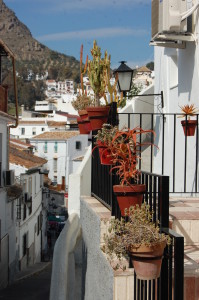

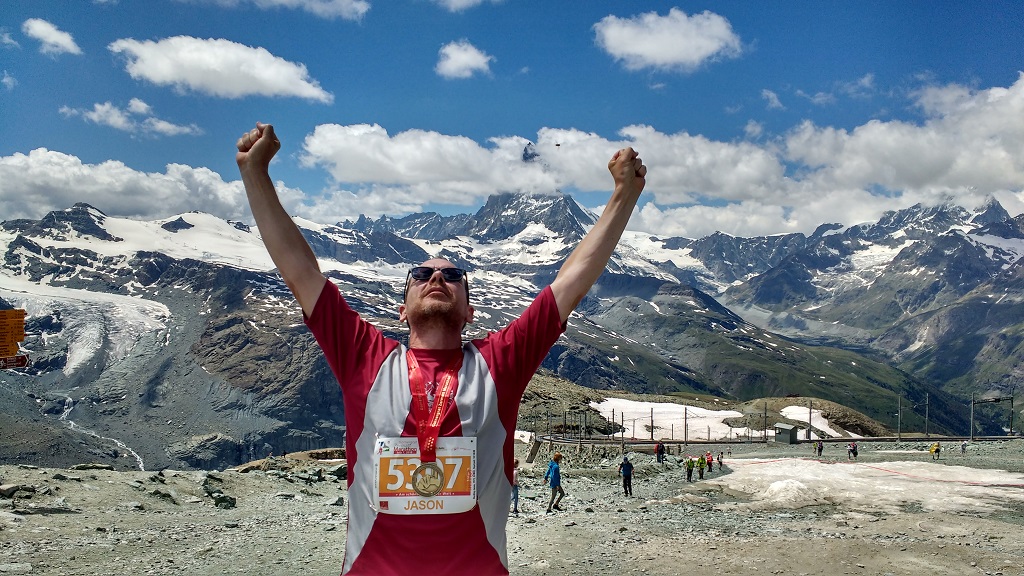
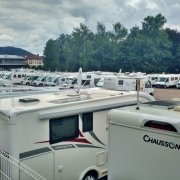
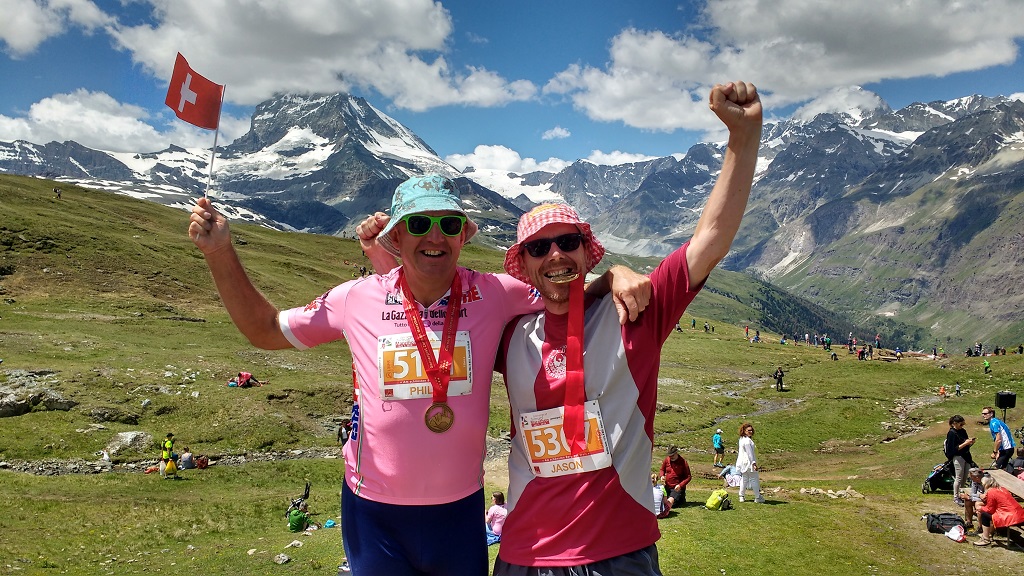
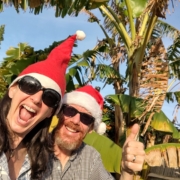
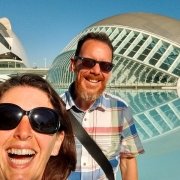
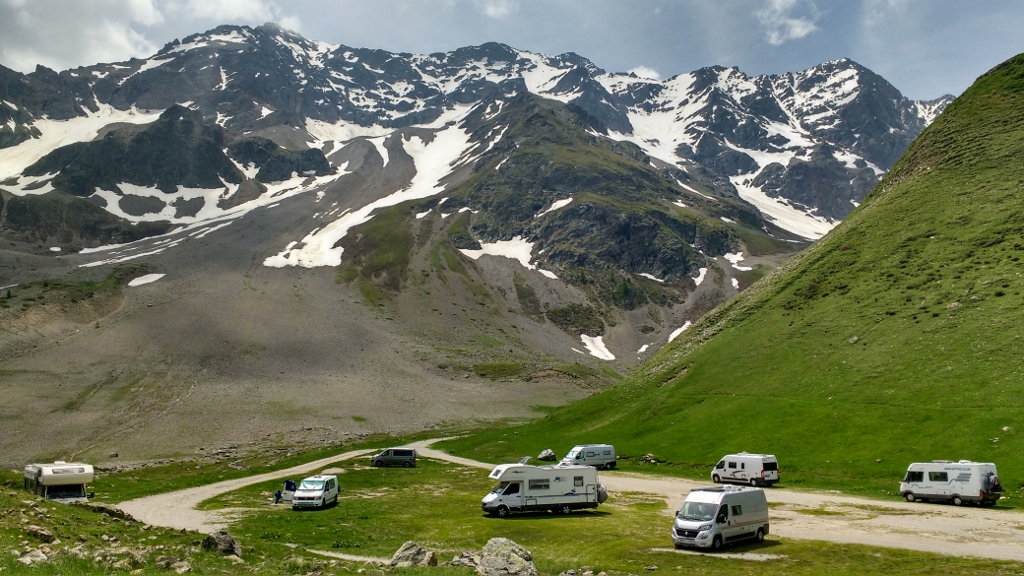
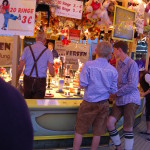
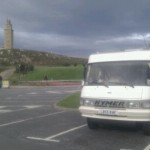
Leave a Reply
Want to join the discussion?Feel free to contribute!